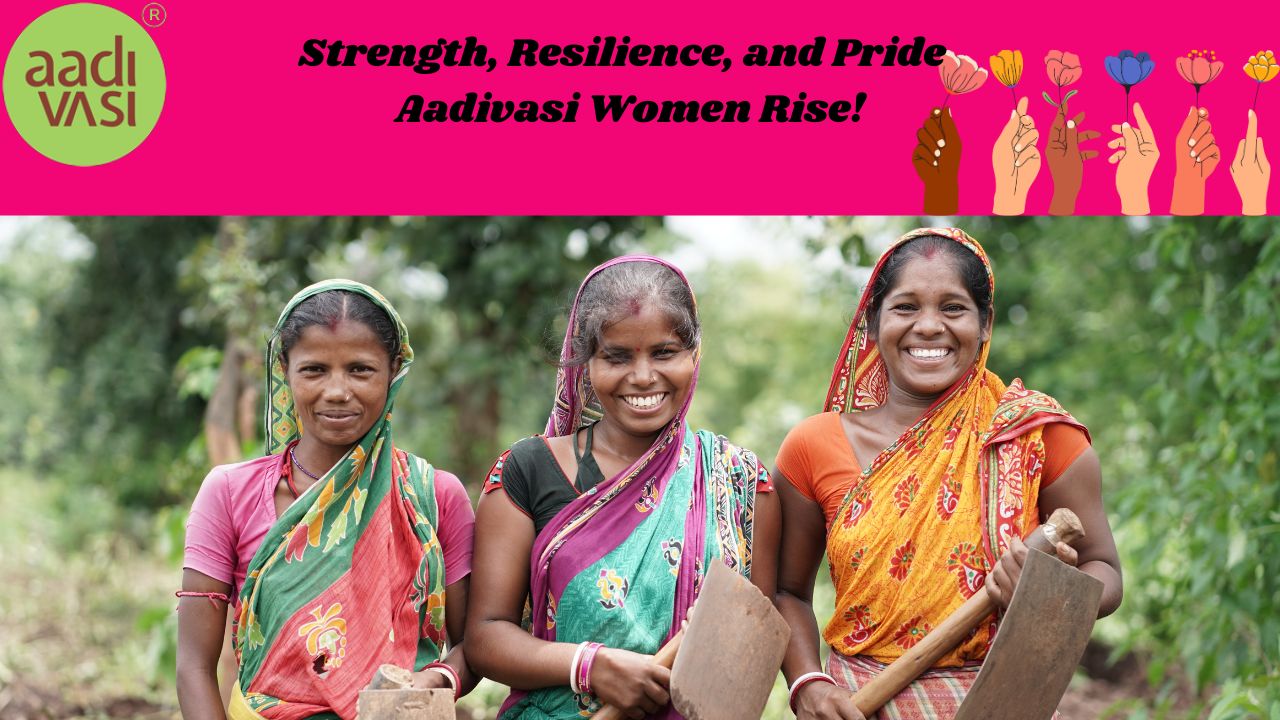Celebrating the Strength of Aadivasi Women: Stories of Courage and Resilience

Celebrating the Strength of Aadivasi Women: Stories of Courage and Resilience
Somewhere in the heart of a dense forest, where the red earth meets the green canopy, lives Parvati, an old woman with a face carved by time and toil. She has seen rivers shift their courses and mountains lose their pride to quarries, but she has never seen her people bend. In her village, deep in the folds of the land where time moves a little slower, the women wake before the sun and carry the world on their backs—silent, strong, and steadfast. They are the unsung heroes of Aadivasi Women Empowerment, their strength stitched into every sari they weave and every story they tell by the flickering light of an oil lamp.
The Silent Warriors of Tribal Women Strength
Parvati still remembers the day the contractor came to her village, waving papers and promises, speaking in a language that did not belong to the land. He wanted their forest, their trees, their earth. “Progress,” he called it. But Parvati knew better. She had seen her grandmother do it once before, and she did the same—she stood with the other Resilient Tribal Women, linking arms around the trees, refusing to let them go. The men from the city were baffled; they had never seen such a thing. The Courageous Adivasi Women did not move. The trees remained untouched, as they had for centuries.
There was no fuss, no loud proclamation of victory. Parvati simply returned home that evening, fed her grandchildren, and continued her quiet revolution, as she had always done. Such is the essence of Tribal Women Strength, built on the foundations of patience and persistence.
The Legacy of Aadivasi Heritage Pride
Across the village, young Meera, no older than sixteen, sat on the mud veranda, her fingers dancing through vibrant threads. She was weaving a shawl, a skill her mother had taught her, and her mother before that. The colors spoke of the forest, the rivers, the sky after a monsoon rain. This was more than cloth—it was history woven into patterns, a symbol of Adivasi Cultural Strength.
But who would wear such a thing in the outside world? The city people, with their steel and glass towers, did not see beauty in the hands of the Empowered Indigenous Women. They saw relics. That was until an old schoolteacher, who had once lived in the village, came back with an idea.
“There is a place called aadivasi.org,” he said one evening, sipping black tea from a dented brass tumbler. “They bring these crafts to people who understand their worth. Not as charity, but as something valuable, something meaningful. Even in the world of corporate gifting, these creations carry a story worth sharing.”
Parvati and Meera did not fully understand what this meant, but they saw the city visitors arrive weeks later, touching the shawls with reverence, marvelling at the work of Aadivasi Women Warriors. And then, for the first time, Meera smiled—not out of pride, but out of realization. The world had not forgotten them after all.
The Songs of Tribal Women Resilience
Life in the village continued. The rivers still ran, the trees still whispered to one another in the wind, and the Strong Tribal Voices still sang their songs. These were not songs of sorrow, but of endurance.
As Parvati watched her grandchildren play, she knew that change was coming—not the kind the contractor spoke of, but the kind that her people had always believed in. One where the Adivasi Women Legacy was not erased but carried forward, thread by thread, story by story.
Some revolutions do not come with banners or battles. Sometimes, they come with a grandmother standing before a tree. Sometimes, they come with a young girl weaving the colors of the forest into a shawl. And sometimes, they come in the quiet refusal to disappear.
Because the world may move fast, but the Indigenous Women Stories remain, unshaken by time.

